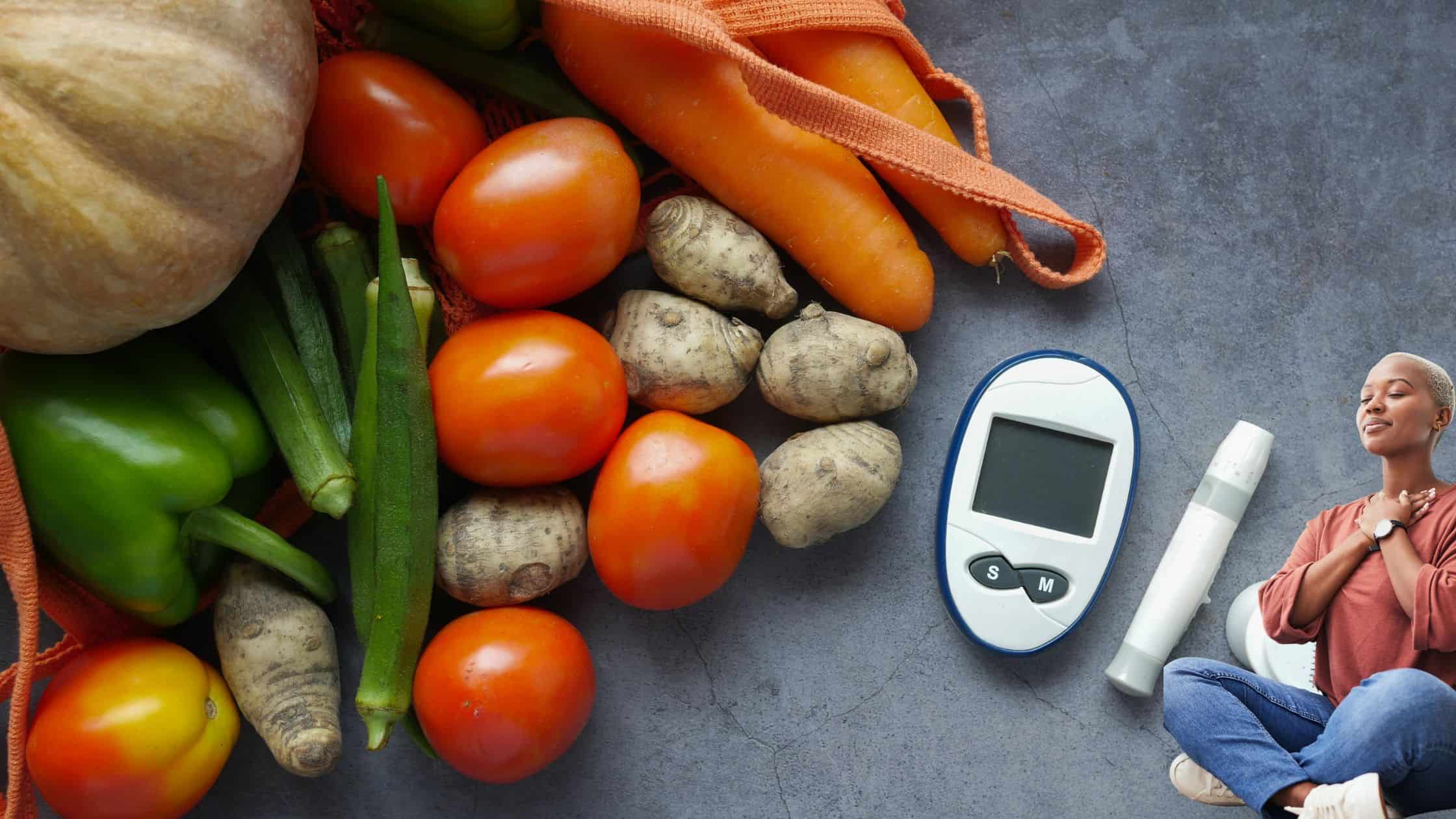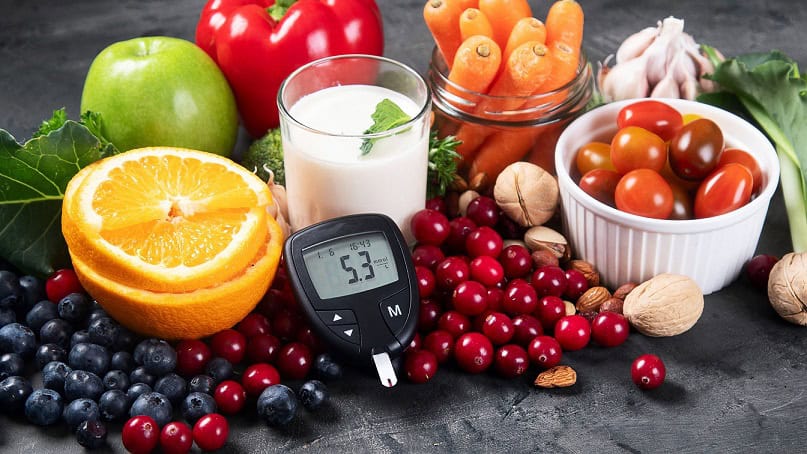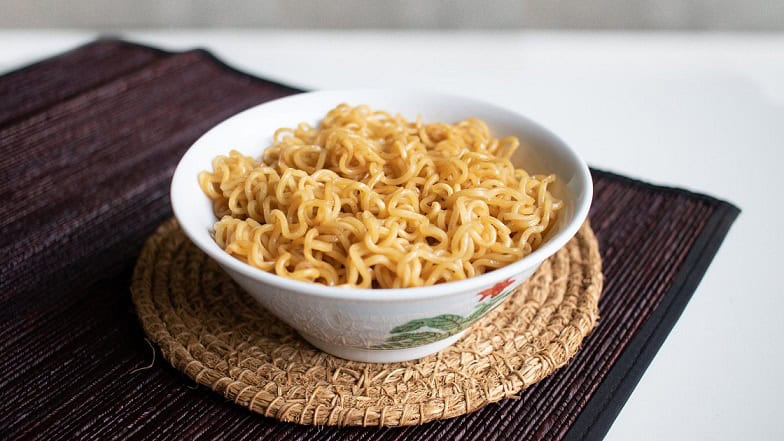Diabetes has reached epidemic proportions globally, with the World Health Organization reporting that over 830 million people worldwide had diabetes in 2022, and this number could get worse by 2040. The majority of these cases involve Type 2 diabetes, which is largely preventable through natural lifestyle interventions. Understanding how to naturally prevent diabetes has become crucial for maintaining long-term health and avoiding the devastating complications associated with this metabolic disorder.
Understanding Diabetes Prevention: The Natural Foundation
Type 2 diabetes develops when the body becomes unable to effectively use insulin or when cells become resistant to insulin’s effects. Unlike Type 1 diabetes, which requires insulin replacement, Type 2 diabetes is fundamentally a dietary disorder that can be prevented and even reversed through natural methods.
The key to prevention lies in understanding that diabetes is essentially an overflow phenomenon. When we consistently consume refined carbohydrates, processed foods, and excess sugars, our cells gradually fill up with glucose until they can no longer accept more. This creates insulin resistance, where insulin cannot effectively escort sugar into cells, causing blood sugar levels to rise.
The Three Pillars of Natural Diabetes Prevention
1. Strategic Dietary Approaches
Low-Carb and Ketogenic Nutrition
Research consistently demonstrates that reducing carbohydrate intake is one of the most effective ways to naturally prevent diabetes. A low-carb approach works by:
- Reducing glucose load: Lower carb intake means less glucose entering the bloodstream
- Improving insulin sensitivity: Cells become more responsive to insulin when not constantly overwhelmed with glucose
- Supporting weight management: Natural weight loss often accompanies carb reduction
Daily Carbohydrate Targets for Prevention:
| Risk Level | Daily Carb Intake | Target Population |
|---|---|---|
| Prevention (Low Risk) | 100-130g | Healthy individuals |
| Prevention (High Risk) | 50-100g | Pre-diabetic individuals |
| Aggressive Prevention | Under 50g | Family history of diabetes |
Foods to Emphasize:
- Non-starchy vegetables: Leafy greens, broccoli, cauliflower, okra
- Healthy fats: Avocados, nuts, olive oil, coconut oil
- Quality proteins: Fish, chicken, eggs, grass-fed meats
- Fiber-rich foods: Chia seeds, flaxseeds, low-carb vegetables
Foods to Limit or Avoid:
- Refined grains and processed foods
- Sugary beverages and snacks
- High-carb fruits (except berries in moderation)
- Processed vegetable oils
2. Intermittent Fasting: A Powerful Prevention Tool
Intermittent fasting represents one of the most effective natural strategies to reverse diabetes naturally and prevent its development. This eating pattern allows the body to:
- Reset insulin sensitivity: Extended fasting periods give cells time to empty glucose stores
- Promote cellular repair: Autophagy processes help repair damaged cellular components
- Reduce inflammation: Lower inflammatory markers associated with diabetes risk
Effective Intermittent Fasting Methods:
| Method | Description | Best For |
|---|---|---|
| 16:8 | 16-hour fast, 8-hour eating window | Beginners |
| 18:6 | 18-hour fast, 6-hour eating window | Intermediate |
| 24-hour | Full day fast once weekly | Advanced practitioners |
| 5:2 | Normal eating 5 days, restricted calories 2 days | Gradual approach |
Safety Guidelines for Intermittent Fasting:
- Start gradually with shorter fasting periods
- Stay well-hydrated during fasting windows
- Break fasts with nutrient-dense, low-carb meals
- Monitor blood sugar levels if pre-diabetic
- Consult healthcare providers before beginning
3. Regular Physical Activity and Exercise
Exercise serves as a natural glucose disposal mechanism, helping muscles utilize blood sugar effectively regardless of insulin status. Regular physical activity can reduce diabetes risk by up to 40% according to diabetes prevention studies.
Exercise Benefits for Diabetes Prevention:
- Immediate glucose utilization: Working muscles consume glucose without requiring insulin
- Improved insulin sensitivity: Regular exercise makes cells more responsive to insulin
- Muscle mass preservation: More muscle tissue means greater glucose storage capacity
- Cardiovascular protection: Reduces risk of diabetes-related complications
Recommended Exercise Protocol:
- Frequency: At least 150 minutes of moderate-intensity exercise weekly
- Types: Combination of aerobic exercise and strength training
- Timing: Exercise 1-2 hours after meals for optimal blood sugar control
- Progression: Start with 5-10 minutes daily, gradually increasing duration
Suitable Activities for Prevention:
- Brisk walking (30 minutes, 5 days weekly)
- Swimming or cycling
- Strength training 2-3 times weekly
- Dancing or recreational sports
- Stair climbing throughout the day
Advanced Natural Prevention Strategies
Stress Management and Sleep Optimization
Chronic stress and poor sleep quality significantly increase diabetes risk through cortisol elevation and disrupted glucose metabolism. Quality sleep of 6-8 hours nightly is essential for maintaining healthy blood sugar levels.
Natural Stress Reduction Techniques:
- Regular meditation or mindfulness practices
- Yoga and deep breathing exercises
- Nature exposure and outdoor activities
- Social connection and community involvement

Hydration and Blood Sugar Control
Proper hydration supports kidney function in glucose elimination and helps prevent the concentration of blood sugar. Drinking water before meals can also help with portion control and reduce overall caloric intake.
Strategic Supplementation
While dietremains primary, certain natural supplements show promise in diabetes prevention:
Evidence-Based Supplements:
- Cinnamon: May improve insulin sensitivity
- Chromium: Supports glucose metabolism
- Apple Cider Vinegar: May reduce post-meal blood sugar spikes
- Alpha-lipoic Acid: Antioxidant that supports cellular health
Best Nigerian Breakfast for Diabetics
Creating Your Natural Prevention Plan
Week 1-2: Foundation Building
- Begin tracking current eating patterns
- Introduce 30-minute daily walks
- Eliminate sugary beverages
- Start with 12:12 intermittent fasting
Week 3-4: Progression
- Reduce refined carbohydrates by 50%
- Extend fasting to 14:10 pattern
- Add strength training 2x weekly
- Incorporate stress-reduction practices
Week 5-8: Advanced Implementation
- Transition to 16:8 intermittent fasting
- Adopt low-carb eating principles
- Establish consistent sleep schedule
- Regular blood sugar monitoring
Long-term Maintenance
- Monthly body composition assessments
- Quarterly blood glucose testing
- Annual comprehensive metabolic panels
- Continuous lifestyle refinement
Get Our Diabetes Diary Guidebook to Reverse Type 2 Diabetes Naturally
Monitoring Your Progress
Key Biomarkers to Track:
- Fasting glucose: Should remain under 100 mg/dL
- HbA1c: Target below 5.7% for prevention
- Triglycerides: Lower levels indicate improved metabolism
- Waist circumference: Central obesity indicator
The Nigerian Context: Practical Applications
For individuals following traditional dietary patterns, natural diabetes prevention can incorporate familiar foods:
Local Low-Carb Options:
- Vegetable soups (okra, vegetable, bitter leaf)
- Grilled fish and lean meats
- Leafy green vegetables
- Nuts and seeds in moderation
Traditional Preparation Methods:
- Steaming instead of frying
- Using coconut oil for cooking
- Incorporating bitter leaf and other medicinal plants
- Reducing portion sizes of starchy staples
Conclusion
Successfully learning how to naturally prevent diabetes requires a comprehensive approach combining strategic nutrition, intermittent fasting, regular exercise, and lifestyle optimization. The evidence clearly demonstrates that Type 2 diabetes is largely preventable through natural interventions, with many individuals also able to reverse diabetes naturally using these same principles.
The key lies in consistency and gradual implementation. Start with small, manageable changes and build momentum over time using the Kaizen principle of continuous improvement. Remember that prevention is always more effective and less costly than treatment.
Disclaimer: The materials contained in this article are based on the author’s experience and research through credible sources. The statements presented here are meant to help you improve your sugar levels and reverse/prevent diabetes complications, reverse your Type 2 diabetes and put it in Remission, but results may vary from person to person. In no event will Boedirep be liable for damages of any kind whatsoever arising from the use or misuse of our books and articles. The information presented here should not be interpreted as medical advice. If you have any doubts or concerns related to your diabetic condition, we strongly recommend you seek the counselling of your doctor. You can contact us too.






